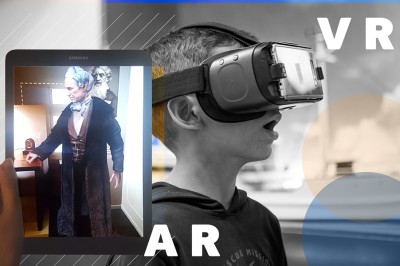1950s: The Transistor enters telecommunications

From Electromechanics to Electronics
The applications of the properties of electromagnetism in telecommunications in their early stages were based mainly on the properties of electromechanics.
What is electromechanics?
A field that combines electrical and mechanical properties to create systems that convert electrical energy into mechanical motion (or vice versa).
In telecommunications, electromechanical systems, such as Strowger's famous selector, have been used since the 19th century for transmission, switching, and amplification. These systems rely on moving mechanical components that operate with electrical signals, such as relays, switches, motors, and electromechanical converters.

The transistor enters our lives. The electronic transition
The transistor marks a new era in the technological evolution of telecommunications and technology. We are now entering the electronic age. Electricity no longer functions solely as a "motor" for mechanical components; controlling the intensity and flow of current itself is now an integral part of the operation of telecommunications devices. Telex, digital telephones, digital computers!

The transistor is changing our lives. Telecommunications & Information Technology
A typical example of the convergence of telecommunications and information technology is Voice over IP (VoIP). Telephony now passes through our beloved computer! The transistor was and is the reason for this development. In telecommunications, electronic systems have replaced electromechanical ones, enabling faster, more efficient, and miniature communication technologies such as fiber optics, wireless networks, and digital data transmission.

Photos:
- Educational circuit board for OTE technicians, located in the Telecommunications Museum. The circuits in black depict circuits with tubes. The yellow board shows circuits with transistors.
- Electronic tube manufactured in England by Standard Telephones and Cables Ltd (STC), used from the 1950s onwards. The tube represents an important milestone in the development of the electronics industry.
- Replica of the first transistor, 1947. (Source: Wikimedia Commons)
- Fiber optic network.






